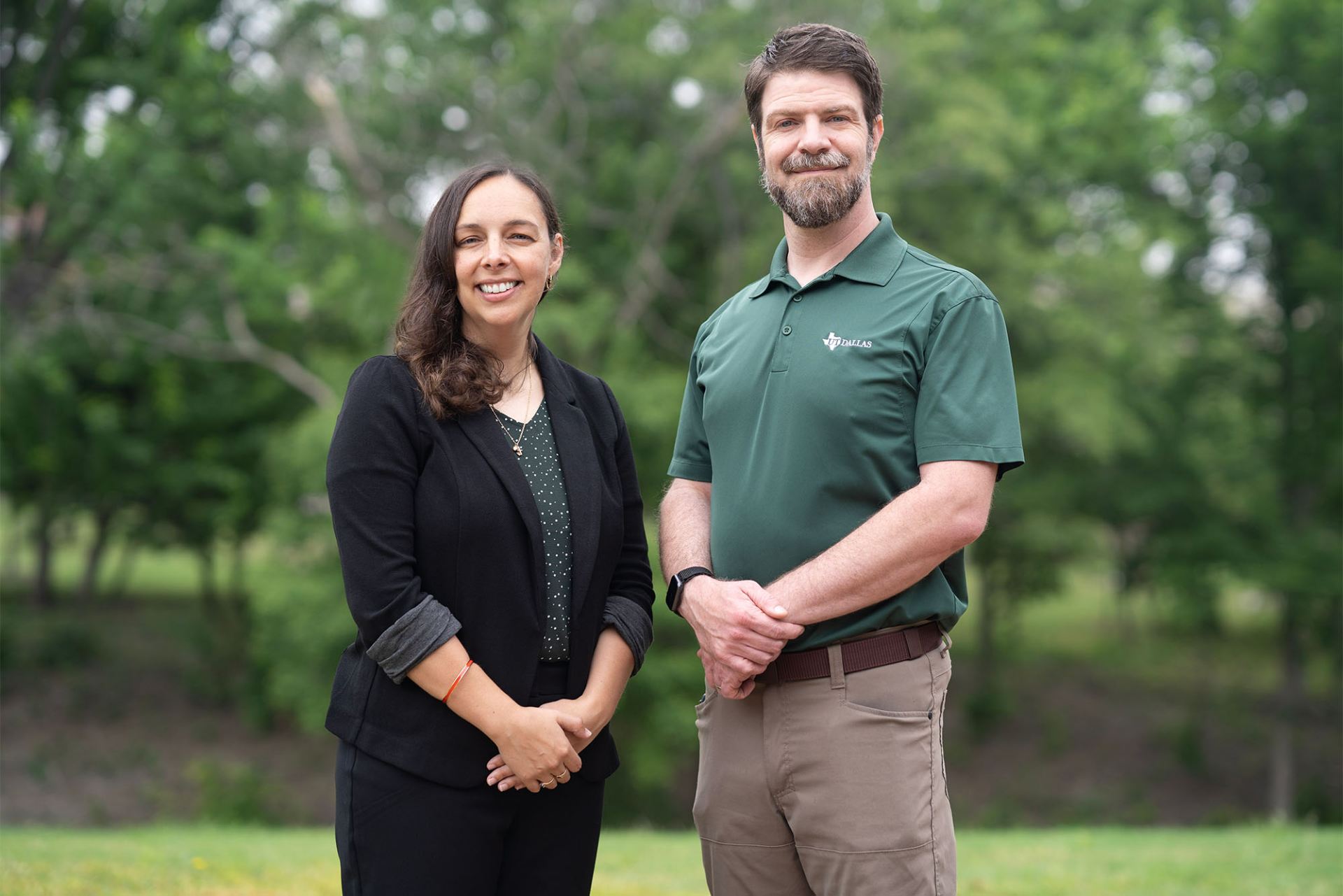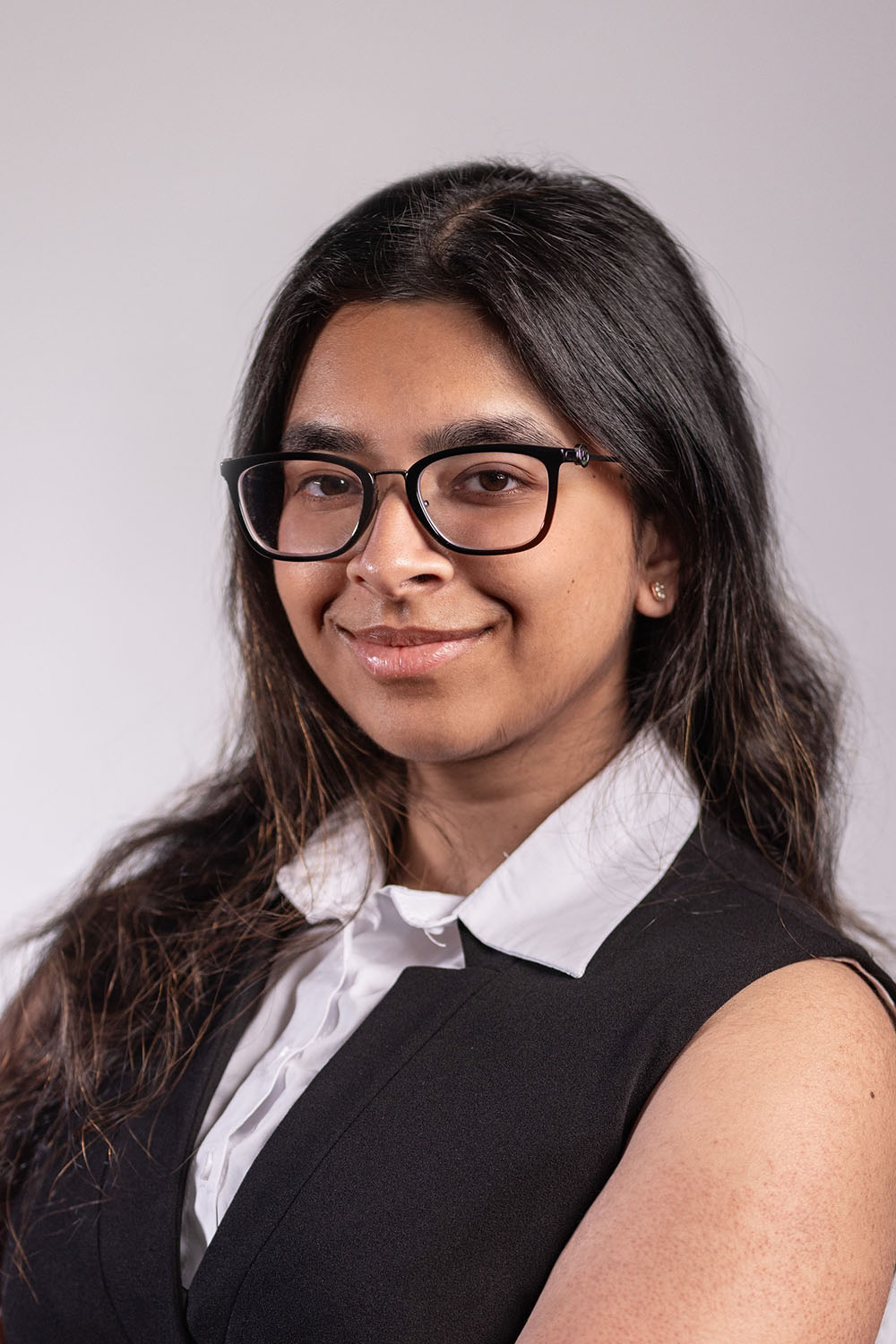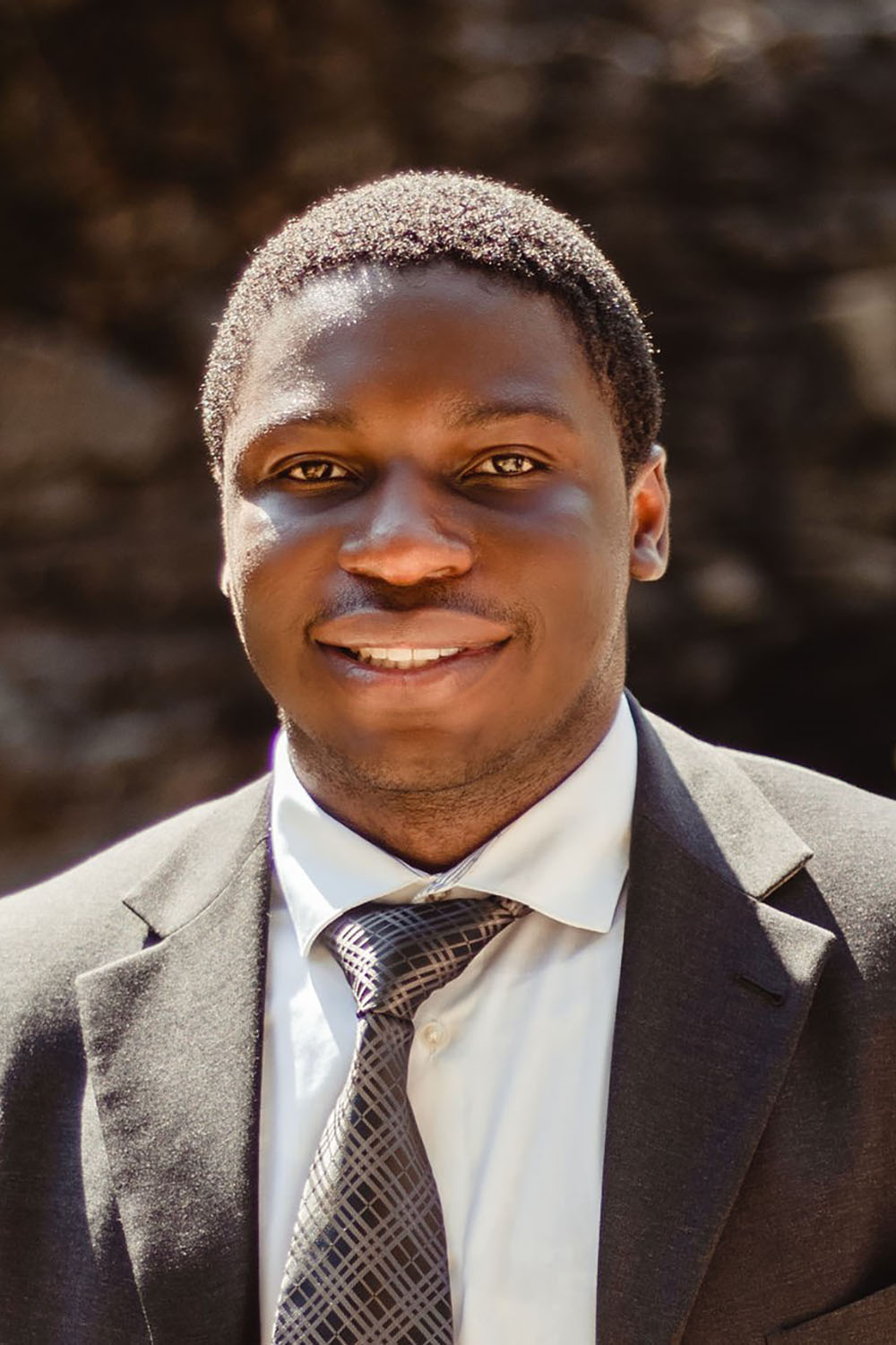Programs Lift Students to Top of Medical School, Career Crowd
By: Stephen Fontenot | May 17, 2023

University students aiming to enter medical school can be up against steep odds: In 2022, only 36% of applicants to U.S. medical schools were accepted.
But University of Texas at Dallas students consistently outperform the field. Last year, 80% of students who completed an intensive preparation program through UT Dallas’ Health Professions Advising Center (HPAC) were accepted when they applied to medical school. Among UTD’s strongest applicants, 96% were accepted.

The HPAC program, as well as the Green Fellows semester-long research experience offered in partnership with UT Southwestern Medical Center, prepare UT Dallas undergraduates for success in their professional training for biomedical science or health-related careers.
“Successful health-career applicants exhibit academic preparation, teamwork, maturity, altruism and interpersonal skills,” said Doyen Rainey BA’02, BA’03, MAT’03, director of the HPAC. “But they also come with different backgrounds, interests and goals. HPAC gives our undergraduates a deep understanding of the process of getting into their ideal school and of what students need to demonstrate to those schools.”
A team of six full-time HPAC advisors helps students select courses, explore career options and build pre-health competencies. They also guide students through revisions to medical school applications, conduct practice interviews and address candidates’ weak areas. Each student receives a holistic committee rating from “recommended with enthusiasm” to “not recommended.”
“UT Dallas checks all the boxes that pre-med students are looking for. A good selection of health-related clubs, a large pre-med community, a close relationship with a nearby medical school, copious research opportunities and a rigorous science curriculum.”
Smrithi Upadhyayula BS’23
“Our committee letter adds context to a student’s application, helping admissions deans understand the students better,” Rainey said. “It communicates the quality of students we’re producing as well as our commitment to student success, which in turn heightens UT Dallas’ reputation among those schools.”
Smrithi Upadhyayula BS’23, a cognitive science major in the School of Behavioral and Brain Sciences (BBS), took advantage of the HPAC resources and plans to attend UT Southwestern Medical School in the fall. She chose to pursue her undergraduate degree at UT Dallas in part because the University offers a breadth of opportunities inside and outside the classroom.

“UT Dallas checks all the boxes that pre-med students are looking for,” she said. “A good selection of health-related clubs, a large pre-med community, a close relationship with a nearby medical school, copious research opportunities and a rigorous science curriculum.”
However, what truly set UT Dallas apart for Upadhyayula when she visited schools was more about the full experience.
“Here, any student can pursue any extracurricular passion, whether or not it is related to their degree plan,” she said. “I was vice president of Model United Nations, an Archer Fellow and a soloist in our advanced chamber orchestra. These unique opportunities were conversation starters in my medical school interviews.”
Neuroscience major Winston Tawiah BS’23 also completed the HPAC program and will attend the John Sealy School of Medicine at UT Medical Branch in Galveston. He participated in a variety of activities as an undergraduate, including conducting research with Dr. Jiyoung Park, assistant professor of psychology, and taking part in HOSA-Future Health Professionals. Through HOSA, a national organization for students pursuing health-related careers, he participated in clinical and nonclinical volunteering and competed in state and international competitions in medical terminology.
Tawiah said he truly appreciated HPAC after speaking to students at other colleges.
“I was surprised that UTD’s level of resources were not offered by other universities,” he said.
Green Fellows’ Experience
For students interested in a career in biomedical research, the Green Fellowship program, specifically for undergraduates at UT Dallas, offers a glimpse of what that job entails. Green Fellows conduct research full time during the spring semester with faculty members in the UT Southwestern Graduate School of Biomedical Sciences. Only about 20 to 25 students are accepted each year.
“These students are the top of the top, aiming toward admittance to either a PhD program or a medical scientist training program [MSTP], which earns them both an MD and PhD,” said Dr. Sheena D’Arcy, associate professor of chemistry and biochemistry in UTD’s School of Natural Sciences and Mathematics and Green Fellows program co-director. She said many students continue working with their UT Southwestern mentors after the fellowship ends, and some contribute to published journal articles.

Dr. Stuart Ravnik, assistant professor of cell biology, associate dean of the graduate school and Green Fellows program co-director at UT Southwestern, estimated that half of Green Fellows go on to MSTP programs or pursue a PhD, with the majority of the rest going to medical school.
“While many universities have in-semester research opportunities for their own undergrads, I don’t know of any others that have such a program for students to go work at a different institution for a semester, unless it is a study-abroad program,” he said. “Even then, I don’t think they are doing full-time research.”
UT Dallas neuroscience senior Kritika Ramesh completed her Green Fellowship semester in May and will continue to work with Dr. Takashi Kitamura, assistant professor of psychiatry and neuroscience at UT Southwestern, over the summer before applying to both MSTP and MD programs. She said the Green Fellows program was a primary reason she chose to attend UT Dallas.
“I have been involved in research at UT Dallas since my freshman year, but the Green Fellows program has been the first in which I was responsible for every aspect, from the planning and design to the execution of the research,” she said. “I knew the program would give me the experience and skills necessary to be a competitive applicant, but I never expected it to be so influential in shaping me into a good future scientist.”
D’Arcy said the program gives students several advantages as they pursue their careers.
“Green Fellows are more competitive applicants for MSTP programs, which are a six- to eight-year commitment,” she said. “They’re doing projects; they might author research papers; they have research experience that few others can acquire at such a prestigious institution. For students who really want to do research, a Green Fellowship can be life-changing, as it provides so many new experiences and opportunities.”
Media Contact: Stephen Fontenot, UT Dallas, 972-883-4405, stephen.fontenot@utdallas.edu, or the Office of Media Relations, UT Dallas, (972) 883-2155, newscenter@utdallas.edu.





